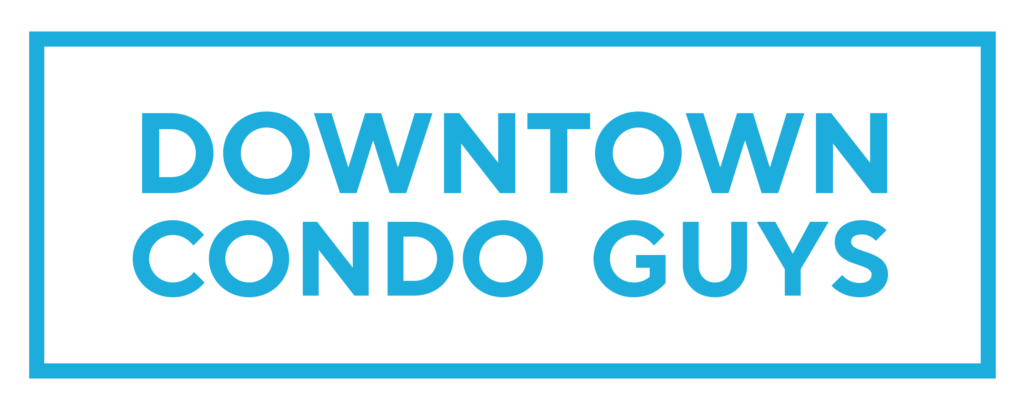
Howard Greenberg (Courtesy photo)
Real Estate, Downtown, Uptown
What’s Hot & Not?
Howard Greenberg of Trilogy Real Estate Management Discusses Urban Living
By Frank Sabatini Jr.
He could have stayed put in his native Chicago while working successfully at a large CPA firm during his younger years. But the allure of a better climate coupled with an itch for change prompted Howard Greenberg to relocate to San Diego and embark on an illustrious career in real estate, which he began just as the “live-work” property movement was about to take off.
In 1990, he co-founded Trilogy Real Estate Management Company, located in downtown’s historic Pioneer Warehouse. Today, the company manages 1.5 million square feet of assets, ranging from residential and commercial properties to live-work spaces and SRO housing. Most of the properties he manages are found in and around our urban core.
As a result, Greenberg is an authority on downtown living trends. He knows what’s in demand, how much rents are going for and where they’re headed, and why San Diego remains such a magnet for renters and buyers.
Downtown Condo Guys: Did you start Trilogy solely on your own in 1990? And what is your current role in the company?
Greenberg: Three of us founded it – me and Bud Fischer and Chris Mortenson. Both are now deceased. I am the owner and president, and my son, Andrew, is part owner and vice president. We have around 12 people on our corporate staff and another 40 onsite at our properties.
Downtown Condo Guys: How many properties in the downtown area does Trilogy own and manage?
Greenberg: About 30—all rentals, no condos. They are mixed-use, residential and commercial, plus warehouse properties, and significant affordable housing, such as SRO (single room occupancy). Although outside of downtown it’s mainly industrial, retail, and showroom.
Downtown Condo Guys: What makes your properties unique?
Greenberg: We’ve renovated a significant amount of historic buildings and warehouses for mixed use. We were able to adapt commercial buildings that were commercially zoned to allow for residential occupancy, thereby avoiding significant time and expense in changing the occupancy [designation] of the buildings. That was done by creating the live-work ordinance, which has now been adopted as a residential form of occupancy.
In the mid 80s and 90s, those types of properties were first created to provide safe and sanitary housing for artists and artisans. Prior to that, those tenants were living in substandard buildings. Today, live-work housing has gone from the artists and artisans to being an upscale, mainstream type of housing within the urban environment.
Downtown Condo Guys: What kind of modern-day perks and amenities come with the properties?
Greenberg: We’re limited to what we can provide in amenities because we deal mostly with historic buildings. We have a few rooftop decks, but our live-work loft apartments are mostly about the charm and character of the historic buildings with their large, open-unit sizes. They lend themselves to creative-type people who can design them specifically to their own taste. And for our SROs, we’re able to adapt a little more to things like communal terraces and weight rooms.
Downtown Condo Guys: Regarding live-work loft apartments, what are the big turn-offs for some?
Greenberg: Probably that they are harder to share in roommate situations. And if you’re less creative minded, they can be a little overwhelming in terms of ‘how am I going to set this up to live in?’ People don’t realize that a loft is just a wide open space with a bathroom and a kitchen—like a large studio apartment ranging usually from 850 to 1,250 square feet.
Downtown Condo Guys: Are rentals for live-work lofts more in demand today than they were 30 years ago when they came into vogue?
Greenberg: It’s about the same. It’s been a very healthy category. I’d say we’ve enjoyed good occupancy since the 1990s. We did our first one in 1986. What’s different is that the rental rate at that time didn’t exceed $1,200 a month. Today they’re up to $3,500 to $4,000 a month.
Downtown Condo Guys: For rentals in general, what San Diego neighborhoods are in the highest demand?
Greenberg: I actually don’t know of a neighborhood that’s not in demand. Every neighborhood is under-supplied. The change I’ve seen is that when we first started in the 80’s and early 90’s, downtown was the place to come for dining and special experiences. But over the past 20 years, that has been diversified across San Diego County. Now you can go to Encinitas, Oceanside, Coronado, and a number of other places for those experiences.
Downtown Condo Guys: What’s the general demographic currently of those seeking to live downtown?
Greenberg: I’d say it is people in their 20s to people in their 60s and 70s. It’s a very diverse crowd. Although in the last five years, probably more younger. A lot of the older demographic had been turned off by the homelessness and crime and have retreated to the security of the suburbs.
Downtown Condo Guys: How do you feel about new housing projects that don’t include parking? Do you foresee this as an ongoing trend?
Greenberg: Yes, I foresee it as an ongoing trend. But I’m not sure how it will be received by both the renters and the financiers. As public parking disappears because of new development, that will become a problem—the challenge will become more evident. I don’t think biking and autonomous vehicles are going to happen as soon as people might like.
Downtown Condo Guys: What are some of the distinct characteristics that separate urban living in San Diego from urban living in similar-sized cities within the U.S.?
Greenberg: I think the geographic boundaries of our downtown area are well defined by Interstate 5 and San Diego Harbor. And its neighborhoods are walkable and very diverse in their uses. You can go from Little Italy to the ballpark district and to the East Village and experience diverse dining and residential areas.


